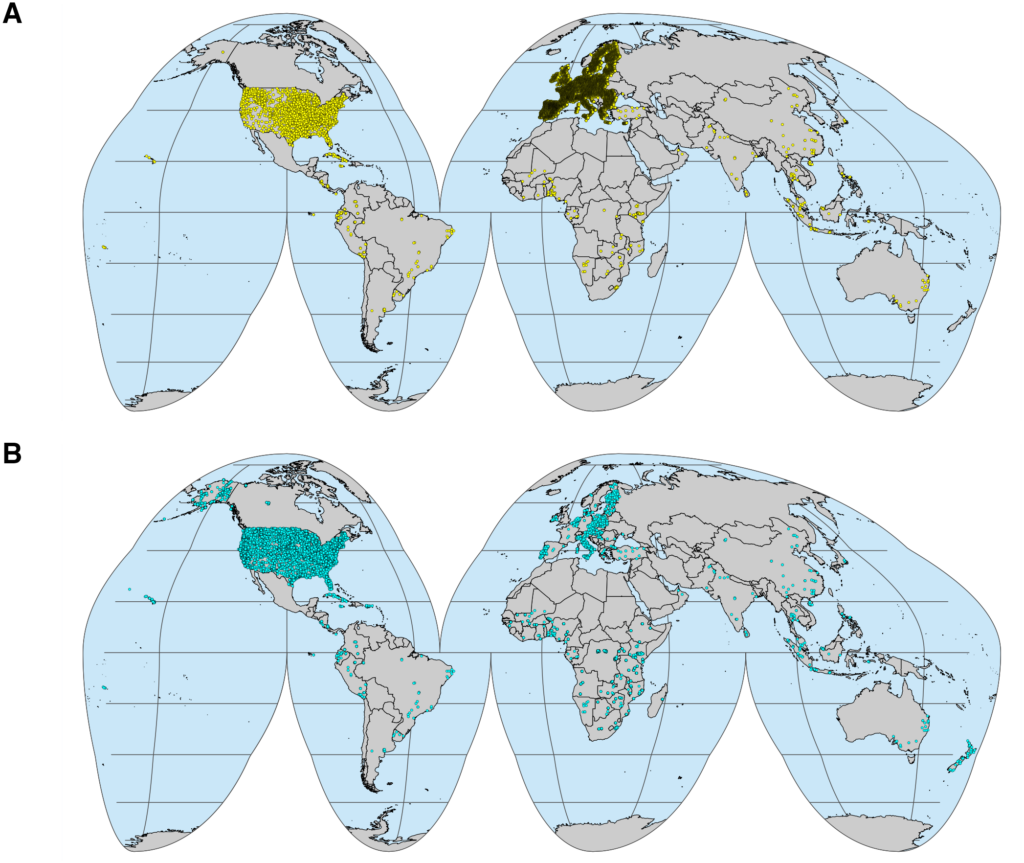
Updates from the Open Soil Spectral Library
Dear Community, The core team at Soil Spectroscopy for the Global Good initiative has been quietly working away and we’re pleased to share some updates.
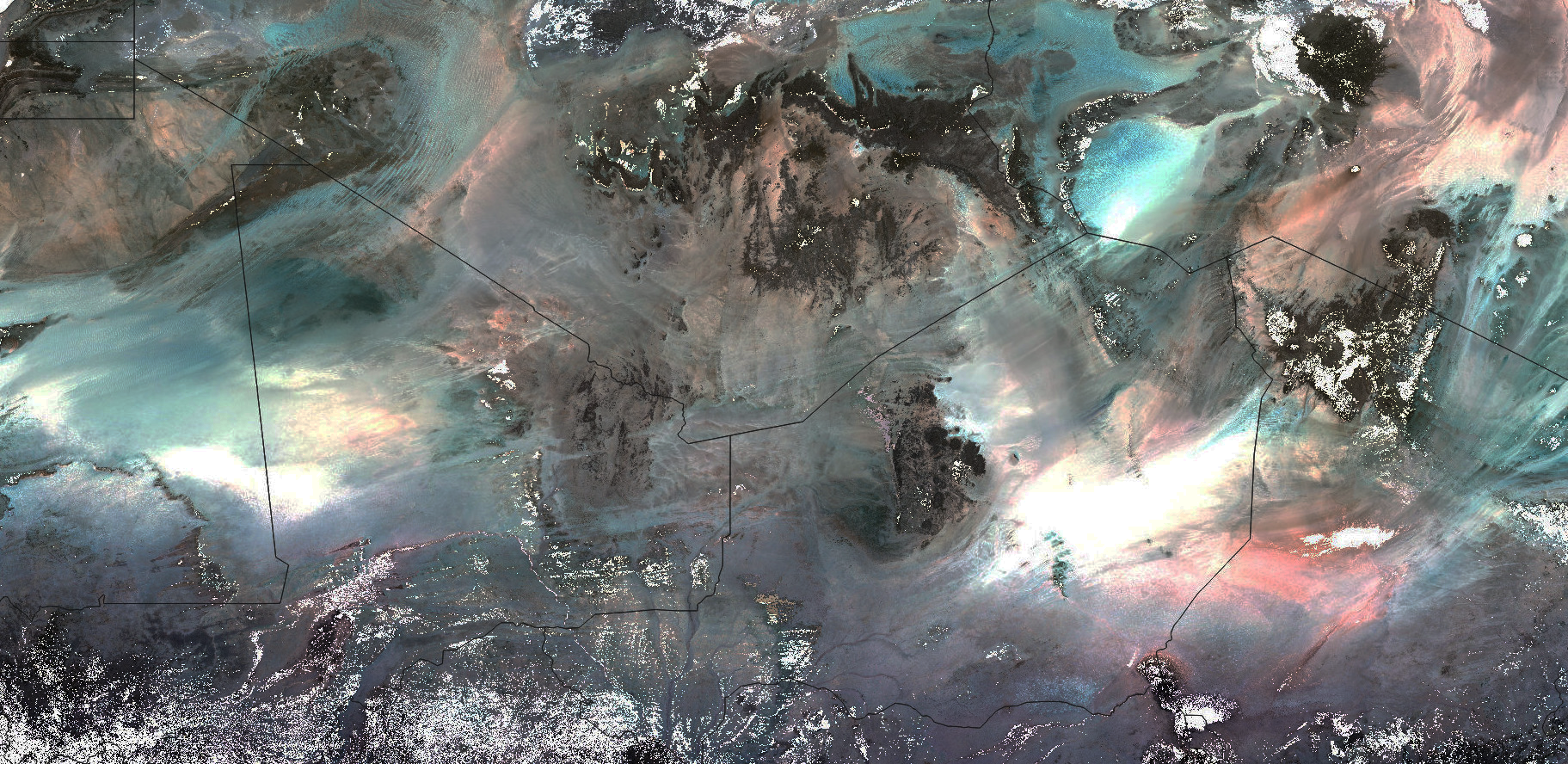
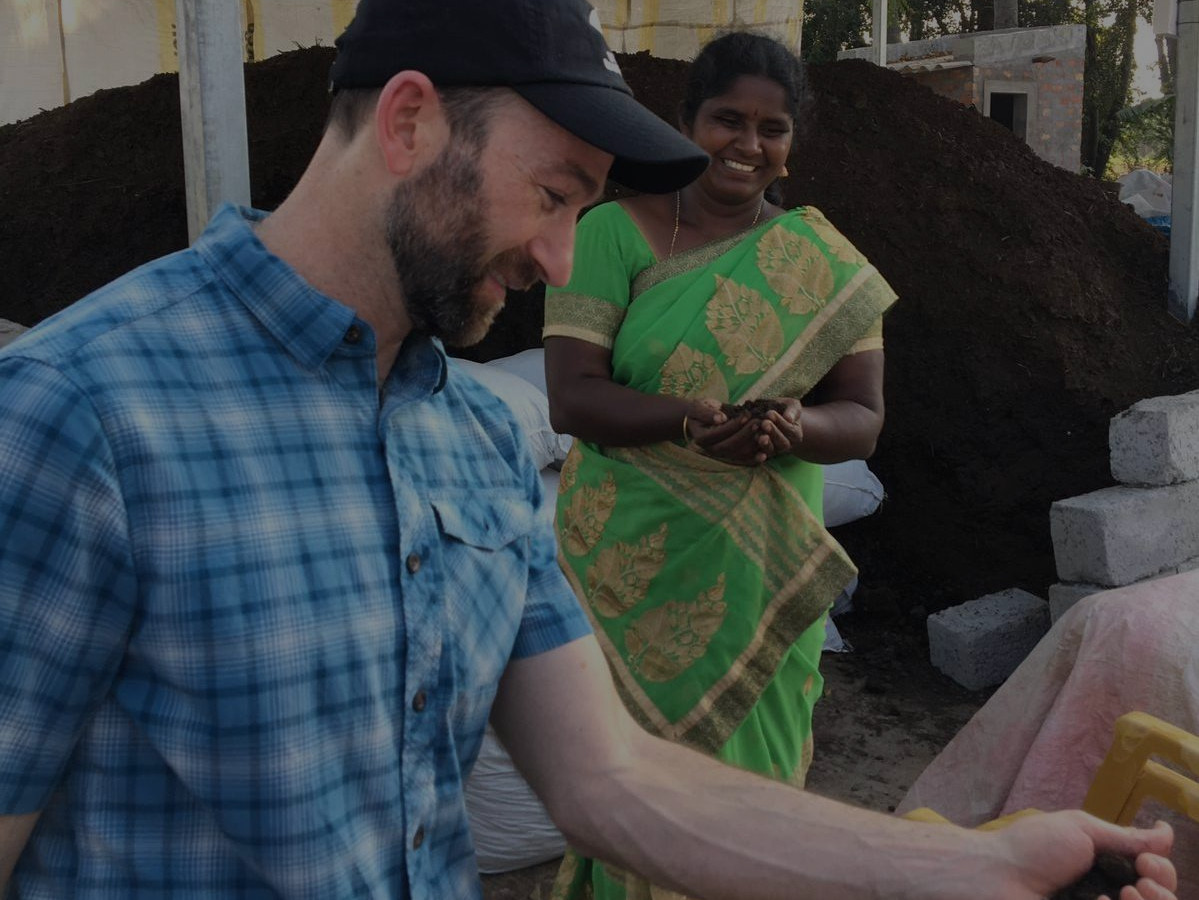
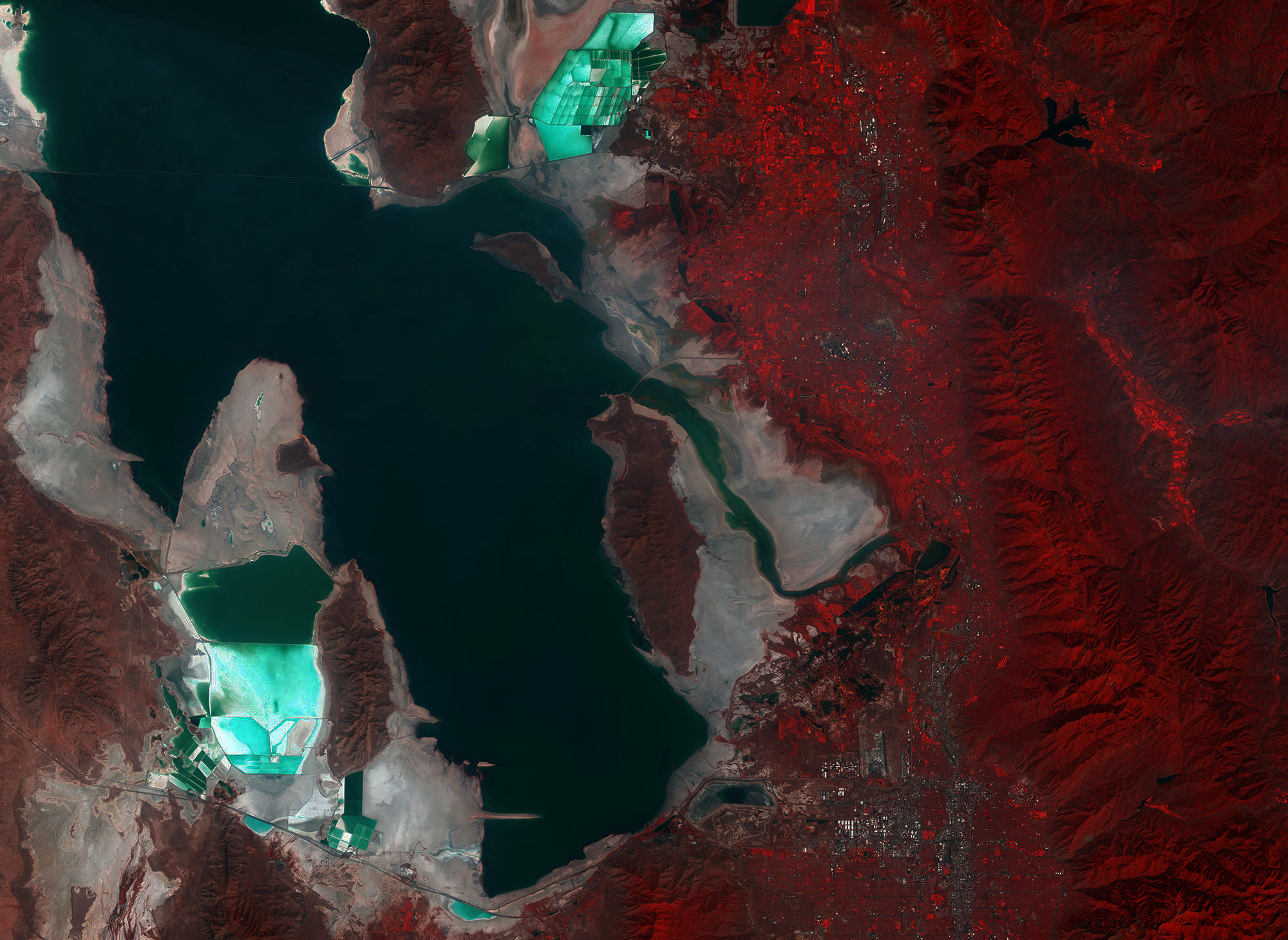
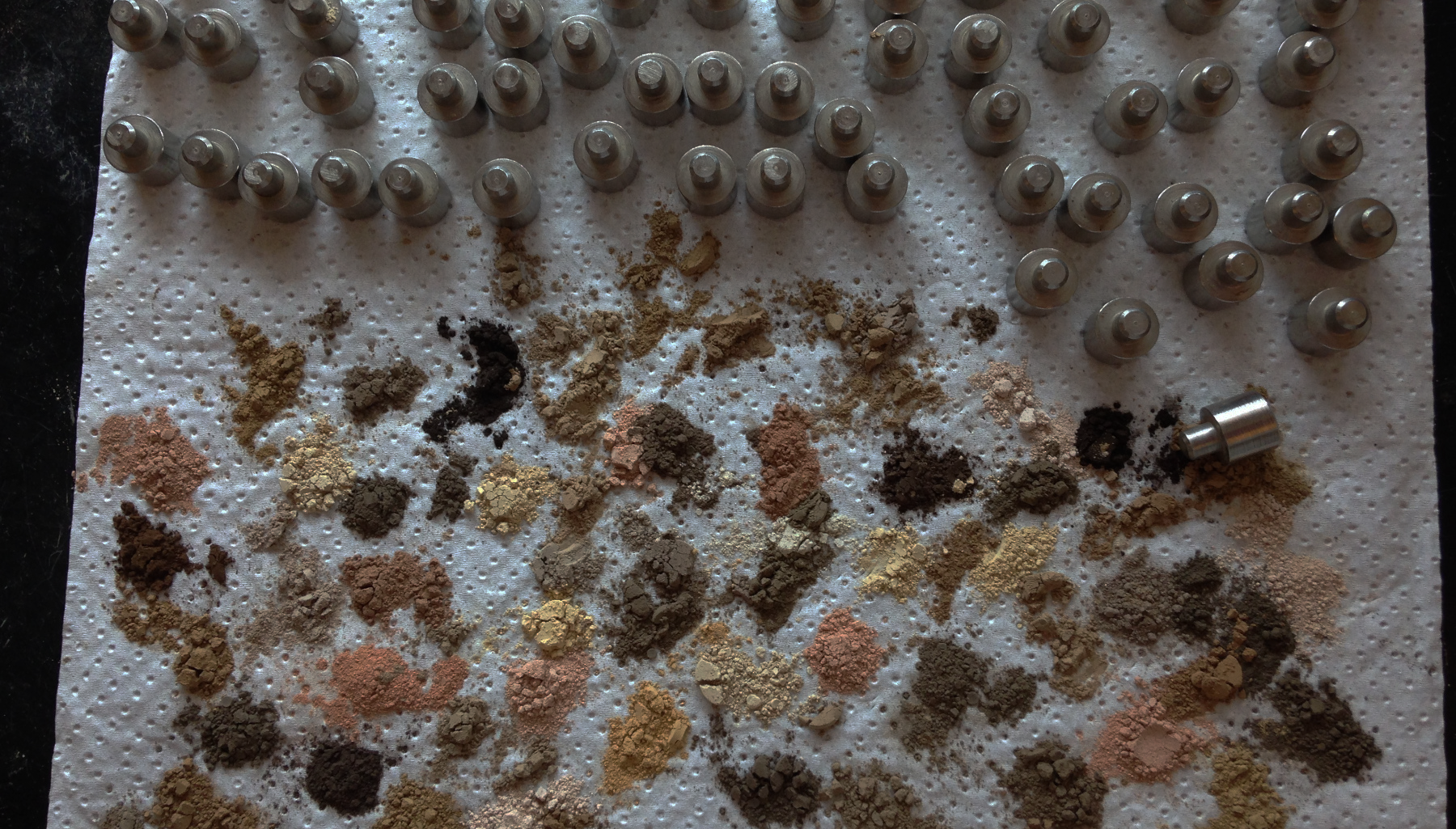
SOIL.SPECTROSCOPY
4 GLOBAL GOOD
An Open Soil Spectroscopy library based on the Open Source Software
ENABLE
Accelerate the pace of scientific discovery in soil spectroscopy by facilitating and supporting a collaborative network of researchers.
CONNECT
Connect international teams and experts in the fields of soil spectroscopy, remote sensing of soils and data science.
LATEST DEVELOPMENT

Dear Community, The core team at Soil Spectroscopy for the Global Good initiative has been quietly working away and we’re pleased to share some updates.
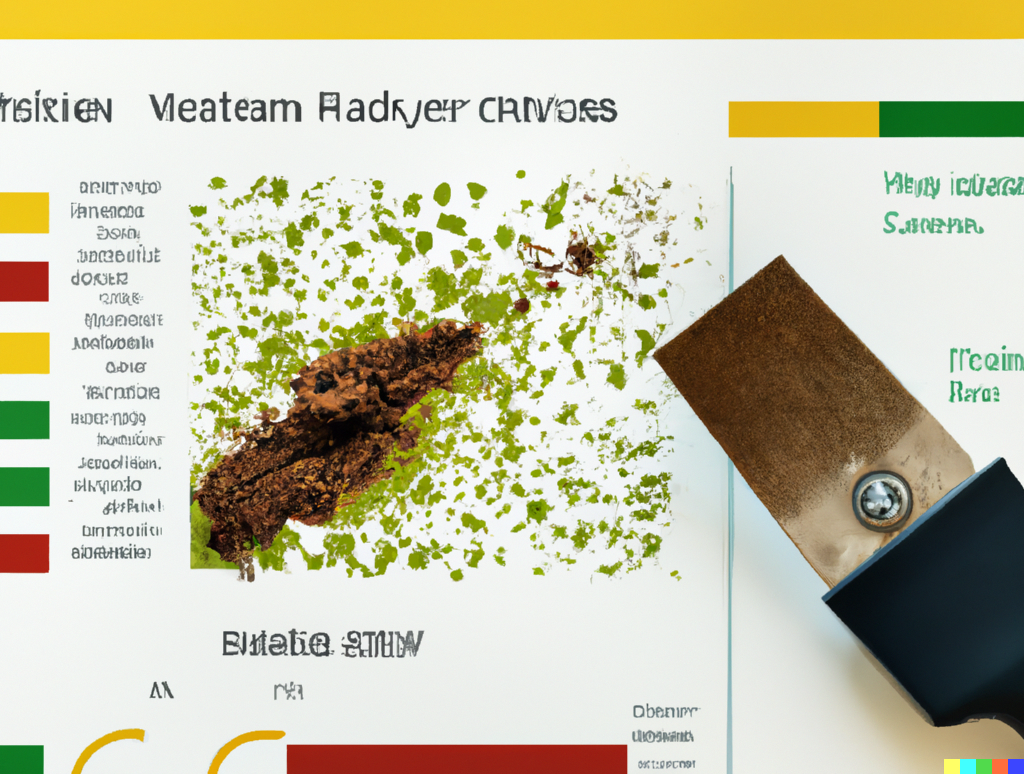
After launching two community competitions on predictive soil spectroscopy on Kaggle, we are now pleased to announce the winners based on the results of the

Call all data scientists. We are hosting two Kaggle community competitions using the Open Soil Spectral Library. Please enter and spread the word. 1) Can
AN OPEN SOIL
SPECTROSCOPY LIBRARY
Making soil data available across borders
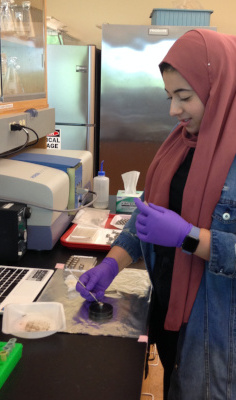
Today's data-driven agriculture demands access to high-resolution spatial and temporal soil data streams. Soil spectroscopy can help fill this data gap. Diffuse reflectance spectroscopy is becoming an indispensable tool in soil science; however, several technical challenges still limit its broader application outside of research projects.
SoilSpec4GG is a USDA-funded Food and Agriculture Cyberinformatics Tools Coordinated Innovation Network. This project will bring together soil scientists, spectroscopists, informaticians, data scientists and software engineers to overcome some of the current bottlenecks preventing wider and more efficient use of soil spectroscopy. A series of working groups will be formed to address topics including calibration transfer, model choice, outreach & demonstration, and use of spectroscopy to inform global carbon cycle modeling.
MAJOR PROJECT OUTPUTS
ACCESS WEB-SERVICES USING API
Data and software / computing will be served through robust and easy to use web-services and API. Users can upload their soil spectroscopy readings and obtain calibrations in near-to-real time.
DOCUMENTATION, TUTORIALS
All software and data will be accompanied with extensive documentation. Demonstration, outreach and educational activities will promote the use of the OSSL and data-driven science.
A must read by Wadoux & Ramirez-Lopez. Uncertainty of predictions in absorption spectroscopy https://www.sciencedirect.com/science/article/pii/S0169743925001583
Exploring Generative Artificial Intelligence and Data Augmentation Techniques for Spectroscopy Analysis | Chemical Reviews https://pubs.acs.org/doi/full/10.1021/acs.chemrev.4c00815
After almost 3 years of data preparation, testing, optimization, we have finished the v1 of the 30 m resolution global #soi…
More deep learning applied to the LUCAS spectral database... GhostNet and soil pH
https://journals.plos.org/plosone/article?id=10.1371/journal.pone.0325426
From the editorial board at @JBiogeochem "As global citizen scientists, we must therefore continue to advocate for the val…
An open soil spectral library based on open source software. Subscribe to the Twitter channel for updates.